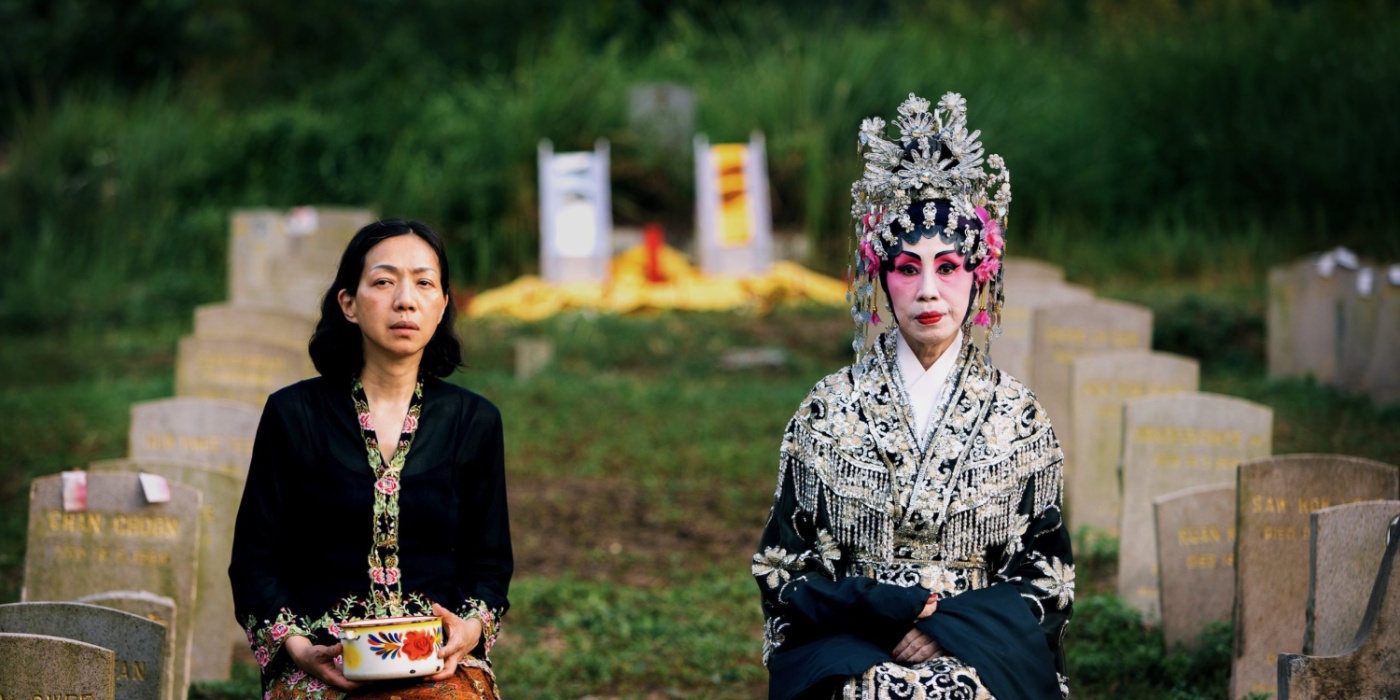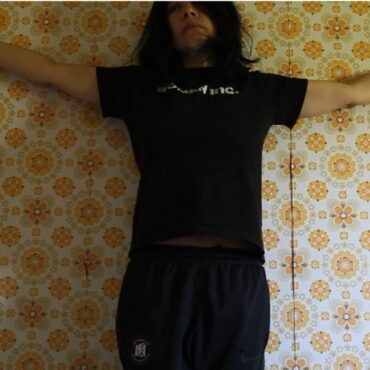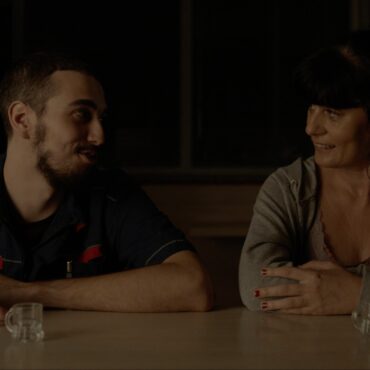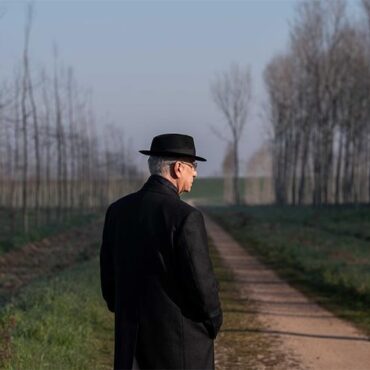In the heart of Venice’s Giornate degli Autori, director Chong Keat Aun presents his remarkable film “Snow in Midsummer.” The movie delves into the harrowing events of May 13, 1969, when a violent uprising broke out in Kuala Lumpur after contentious post-election tensions. This dark chapter in Malaysia’s history, swiftly suppressed with bloodshed, is a story that has long been relegated to the shadows. Chong Keat Aun’s film, however, brings this forgotten tale to life, and he sits down with Fred Film Radio to discuss his journey in creating this impactful work.
Cinema as a Medium for Unveiling the Unspoken
Chong Keat Aun begins by emphasizing the power of cinema in sharing stories like these, which often cannot be openly discussed in his homeland. He sheds light on the difficulties faced during production, stating, “While I was shooting ‘Snow in Midsummer,’ many people asked me, ‘Are you sure you want to make this film? Because it might not be screened in Malaysia.‘” This highlights the inherent challenges of tackling a subject deemed sensitive by the authorities.
Two Perspectives Across Time
“Snow in Midsummer” unfolds its narrative from two distinct perspectives, one in 1969 and the other in 2008. The director’s choice to entrust these perspectives to women is rooted in a cultural context. Chong Keat Aun explains, “In Malaysia, and more broadly in Southeast Asia, women are the custodians of family memory. As I conducted my research on the tragedy of May 13 and visited the cemetery, I always saw many women. Men were absent. In Malaysia, it’s as if men are more rational, not allowing family members to speak about what happened, as it is a delicate matter. But in most cases, when it concerns their loved ones, women continue to seek answers.”
The Role of Women in Preserving Memory
The director elaborates on the contrasting reactions of men and women regarding the events of May 13, 1969. He notes that men tend to show disinterest, urging others to forget. In contrast, women persistently question this dark history, which remains an enigma even today. Chong Keat Aun underscores that the true scale of the tragedy is still unknown, with the official national report citing over 100 casualties, while the actual number is believed to be much higher—possibly thousands. This history has been shrouded in silence for 64 years, passed down exclusively through oral accounts.
The Complex Background
Delving into the complexities of the tragedy, Chong Keat Aun explains that Malaysia gained independence in 1957, becoming a multiracial nation with Chinese, Indian, and indigenous communities, albeit in the minority compared to Malays and Muslims. The events of May 13, 1969, unfolded during the nation’s third general national elections, which saw a significant loss of votes for the ruling party. The turmoil quickly escalated into a racial issue, a narrative that worked in favor of the ruling party. Chong Keat Aun points out that this narrative, driven by fear, was successfully exploited to maintain power.
Contemporary Parallels
Addressing the contemporary relevance of these events, the director suggests that a similar situation could arise today. He notes, “If you want another May 13, just vote for the opposition party. The elderly are terrified because they lived through the events of 1969. Even today, when discussions about that event arise, they remain silent and request others to do the same. This is also true for the film. I chose a very poetic way to tell the story; otherwise, it would have been impossible to make.”
The Power of Revisiting the Cemetery
Chong Keat Aun has revisited the cemetery numerous times over the years to converse with the families of the victims. He acknowledges the profound impact of these encounters, particularly the resilience of women. He recounts stories of women who, year after year, return to the cemetery, still seeking answers. One woman lost her younger brother, mother, and aunt that fateful night. Each of them continues to ponder why the truth about this tragic event has not been revealed yet. The women, in their unwavering commitment to uncover the truth, have left a lasting impression on the director.
The Significance of the Chinese Opera “Snow in June”
The Chinese opera “Snow in June” holds significant importance in the film’s narrative. Chong Keat Aun explains that on that fateful night in May, an opera singer died and was buried in the same cemetery. During his research, he discovered a member of that opera troupe who revealed that they were performing “Snow in June,” an ancient story dating back to the Ming Dynasty. This story revolves around women who suffer abuse and escape their hometown, making a solemn vow: if they are truly innocent, snow will fall even in the summertime. Chong Keat Aun sought to intertwine the film’s narrative with that of the opera, creating a layered and poignant storytelling experience.
Integration of Documents and Voice Recordings
The discovery of mass graves in 2009 marked a pivotal moment in the journey to uncover the truth. Chong Keat Aun’s research continued until 2018, a significant year as it coincided with the opposition party’s historic victory, toppling the incumbent government. In this same year, the threat to destroy the cemetery—a living testament to the events of May 13—was averted. Chong Keat Aun also explains that 2018 marked the year when he created the initial short film on this topic, which eventually evolved into the full-length feature in 2020.
Many elements in the film, such as the announcement of martial law, are based on historical records. These records and voice recordings were obtained from the families of victims who had diligently collected evidence and documentation over the years, fully aware that no one else would help them. They entrusted Chong Keat Aun with this material, imploring him to be their voice and ensure that this history would not be forgotten.
Chong Keat Aun’s “Snow in Midsummer” is not only a cinematic masterpiece but also a testament to the resilience of memory and the courage to confront a painful past. It serves as a powerful reminder that some stories must be told, regardless of the challenges they pose, to ensure that the truth is
Plot
For 49 years, Ah Eng and Dou E were trapped in the "513" timeline. In 1969, post-election tensions gripped Kuala Lumpur when the Cantonese street opera "Snow in June" showcased Dou E, portrayed by the troupe master. Amid a riot, Ah Eng and her mother sought refuge with the troupe, losing contact with her brother and father. In 2018, Ah Eng returned to Kuala Lumpur and unexpectedly encountered "Dou E" at the cemetery.











































